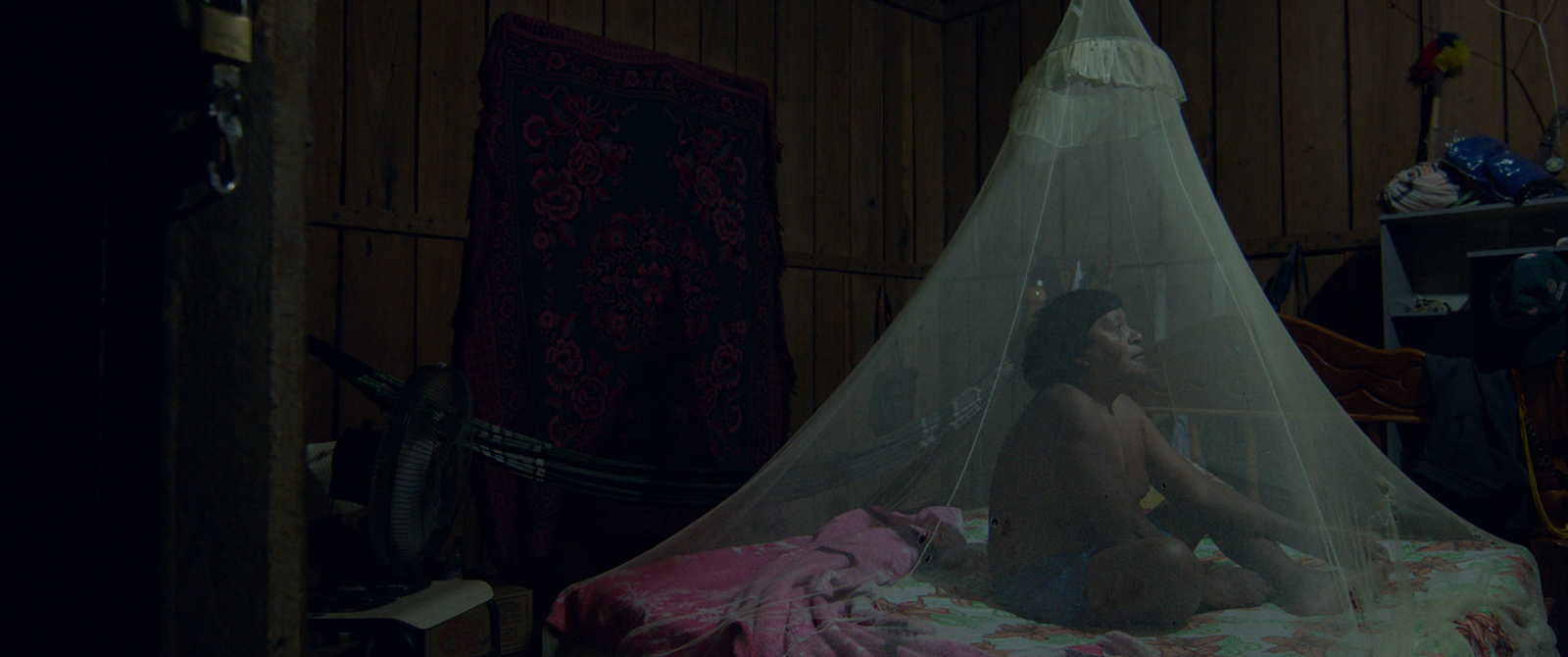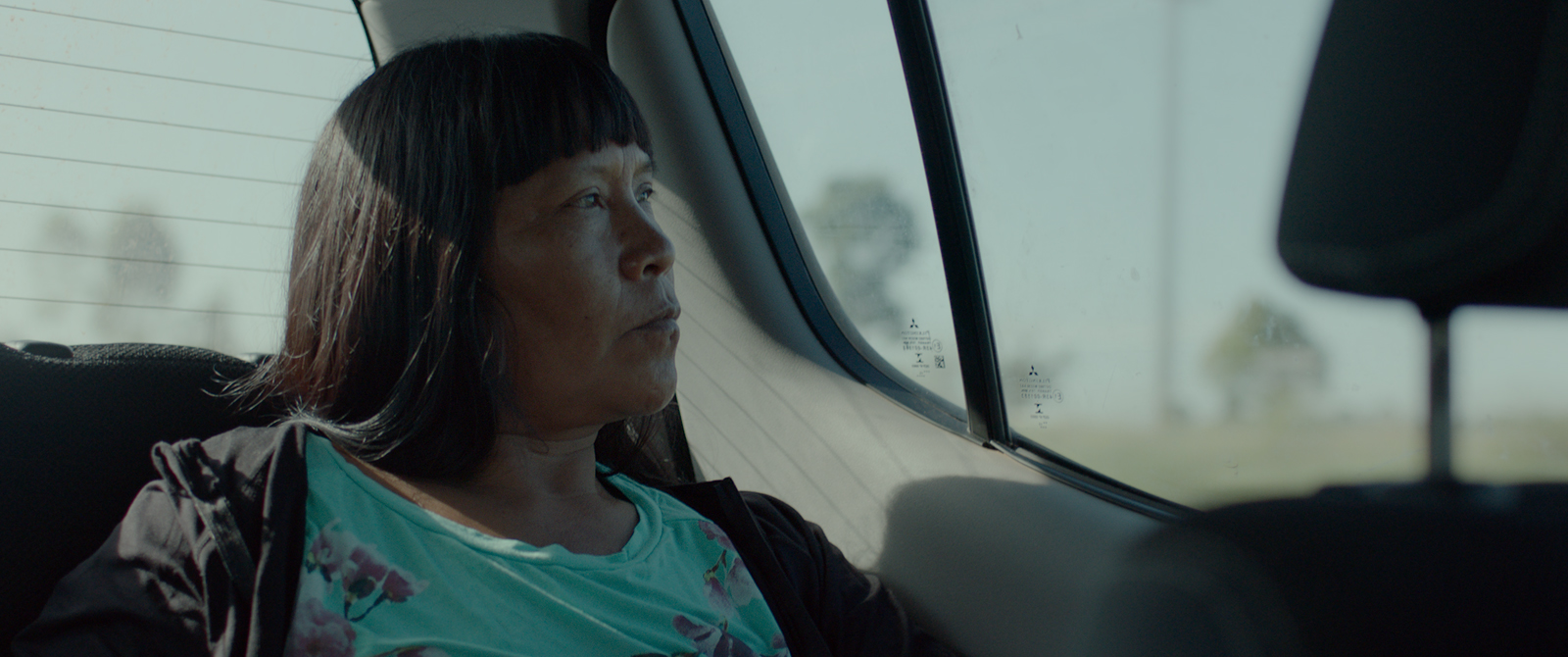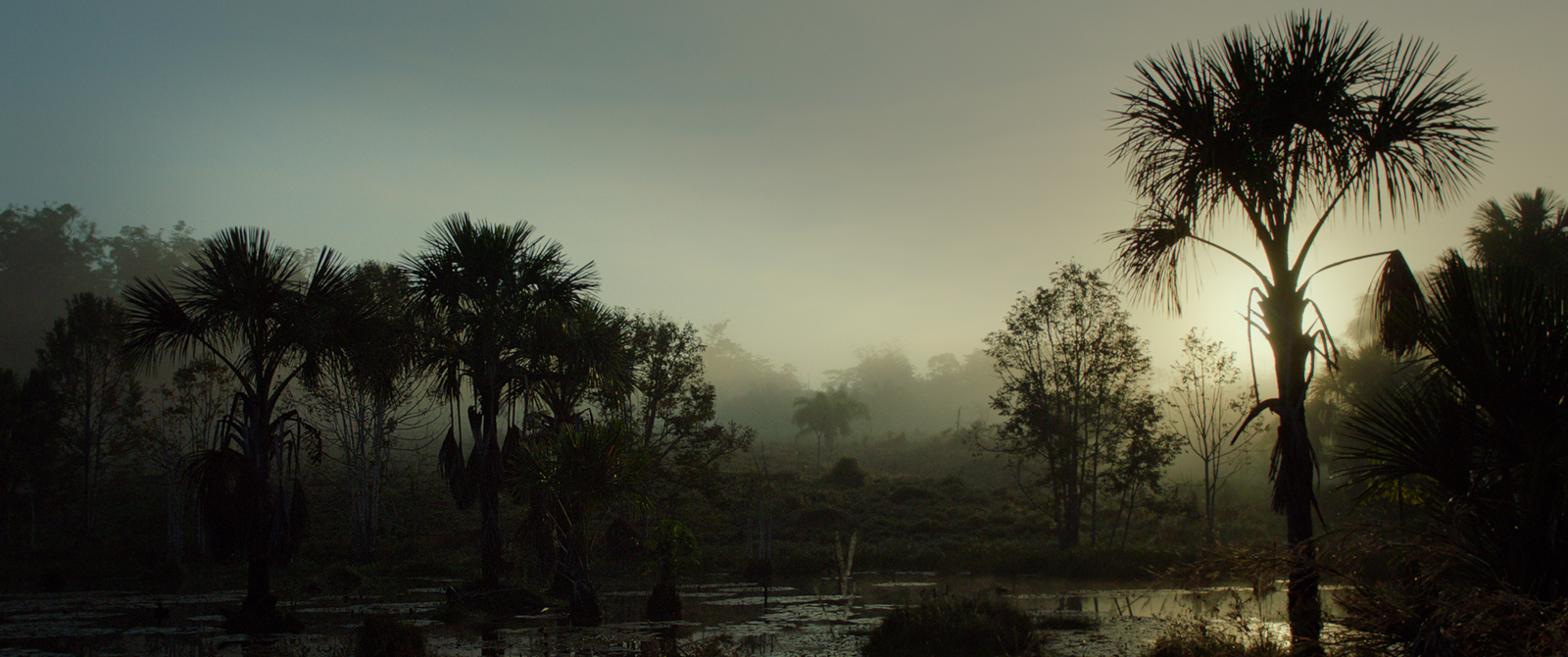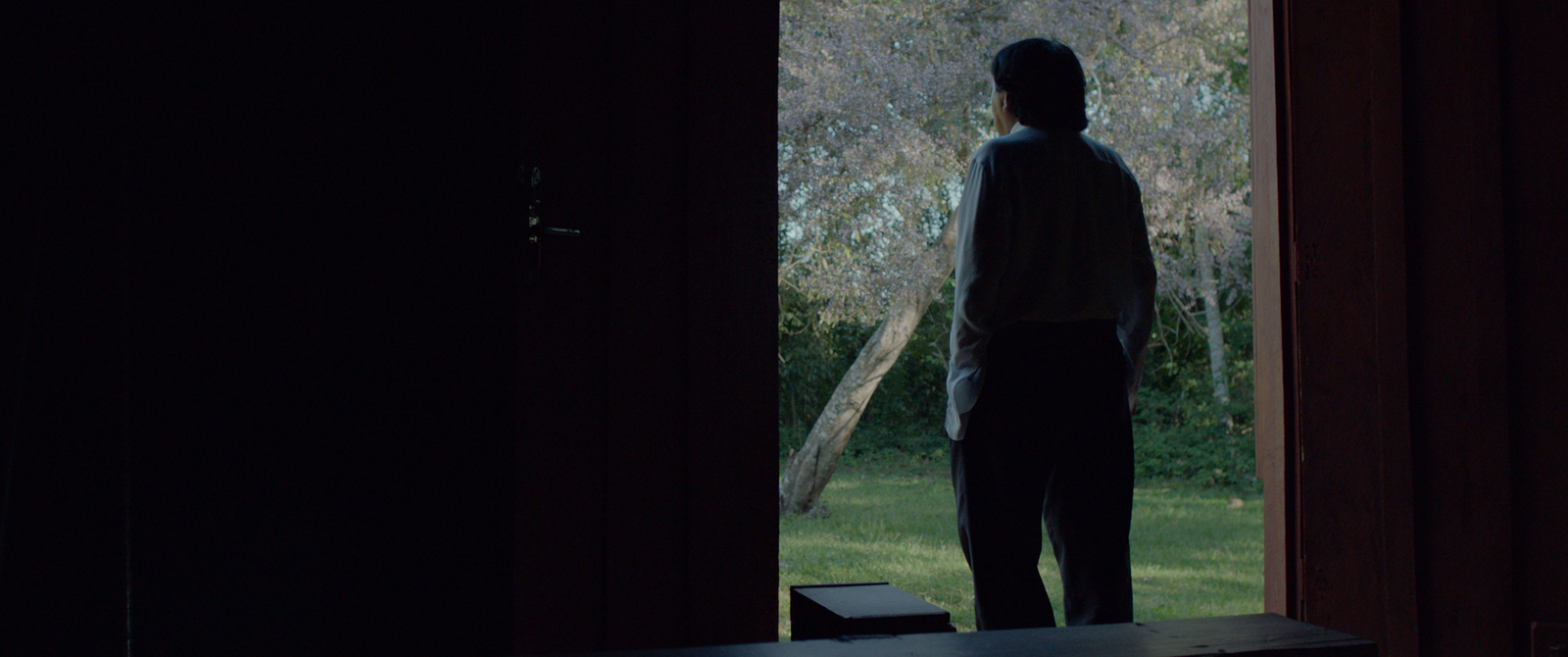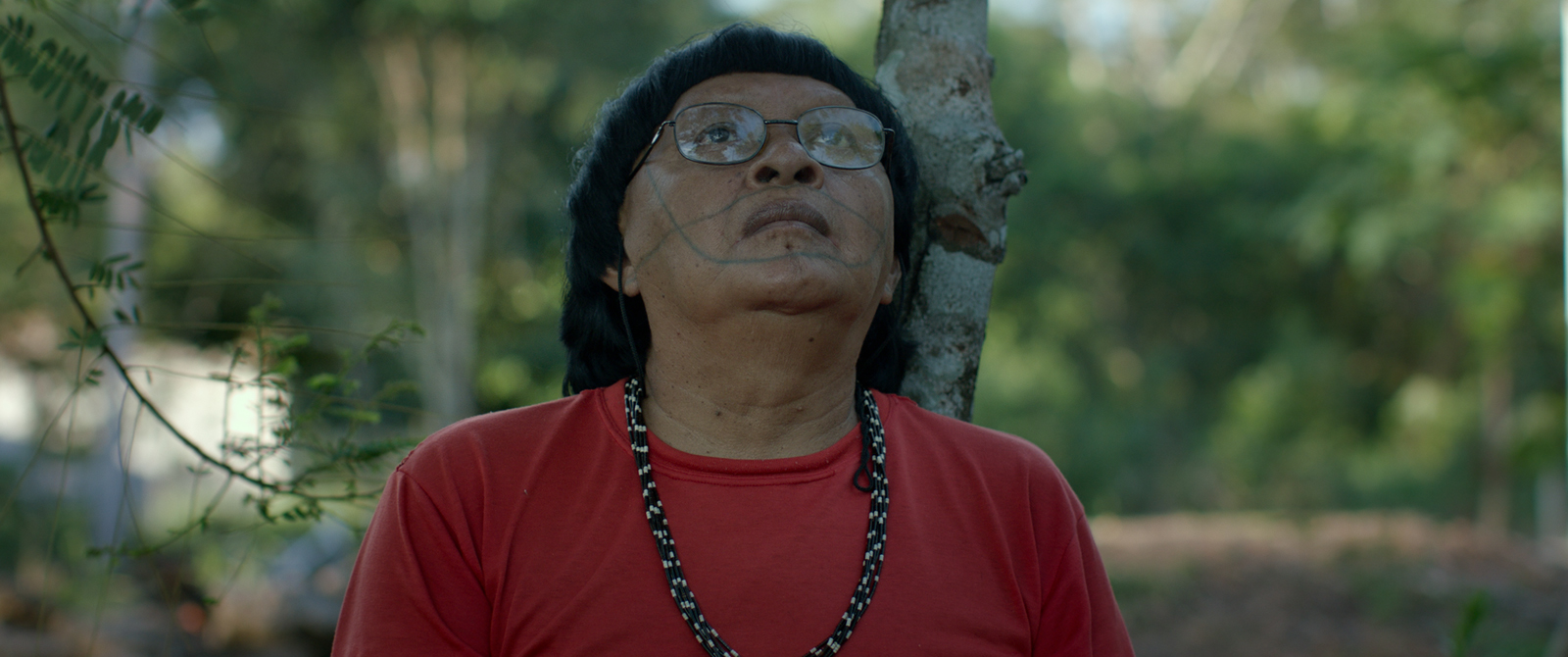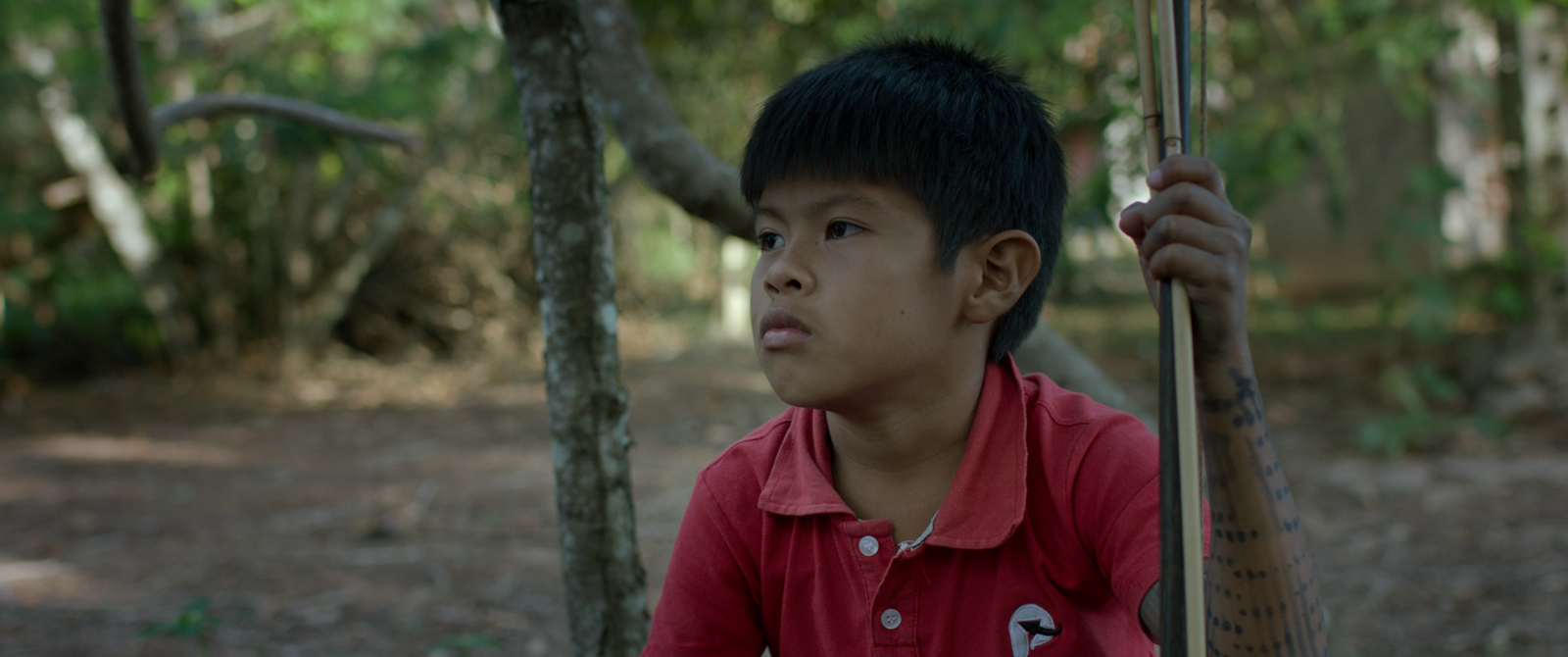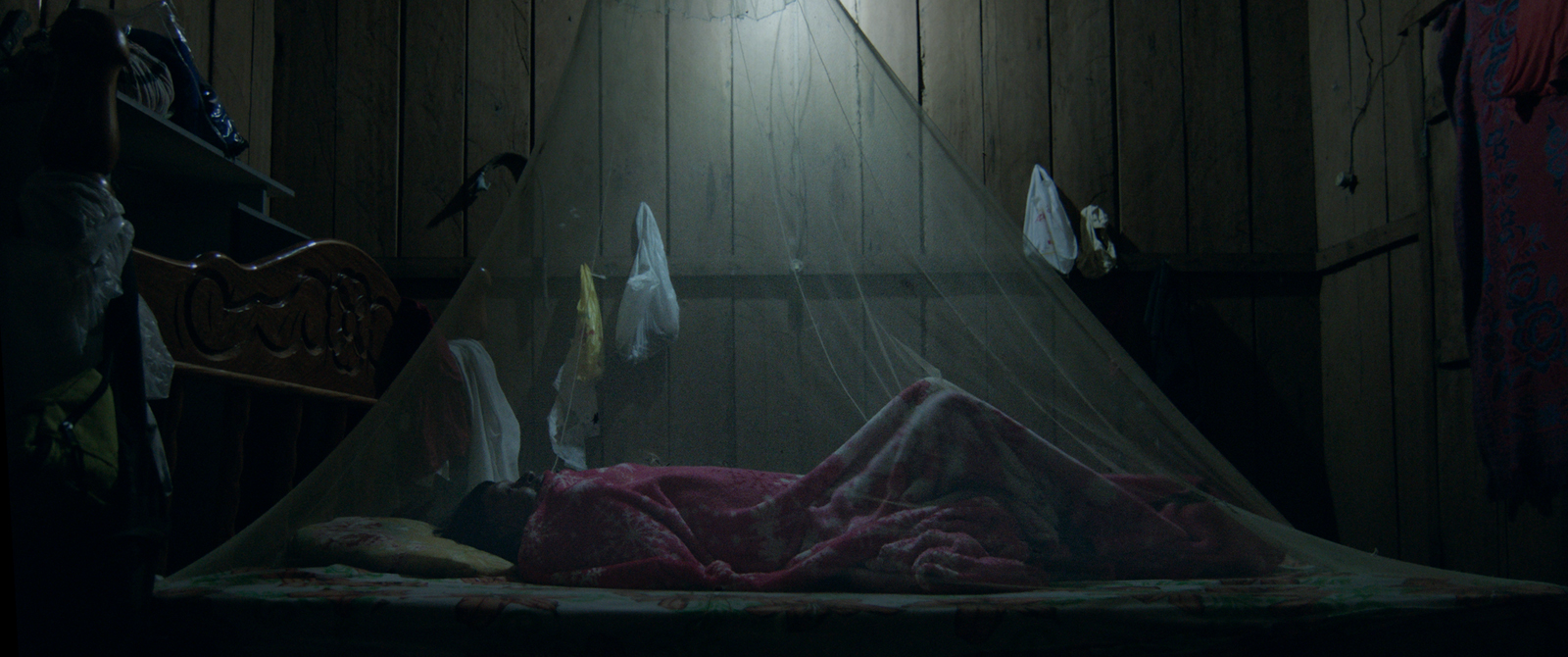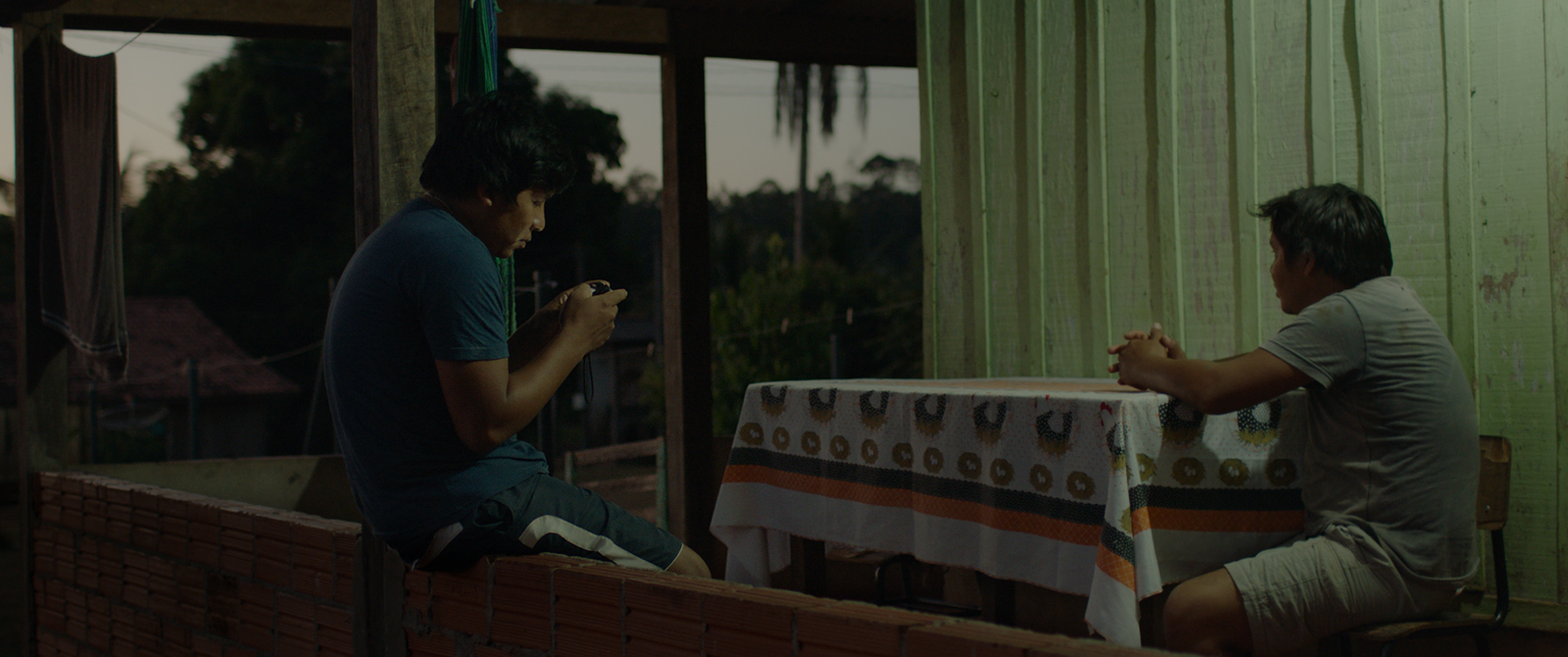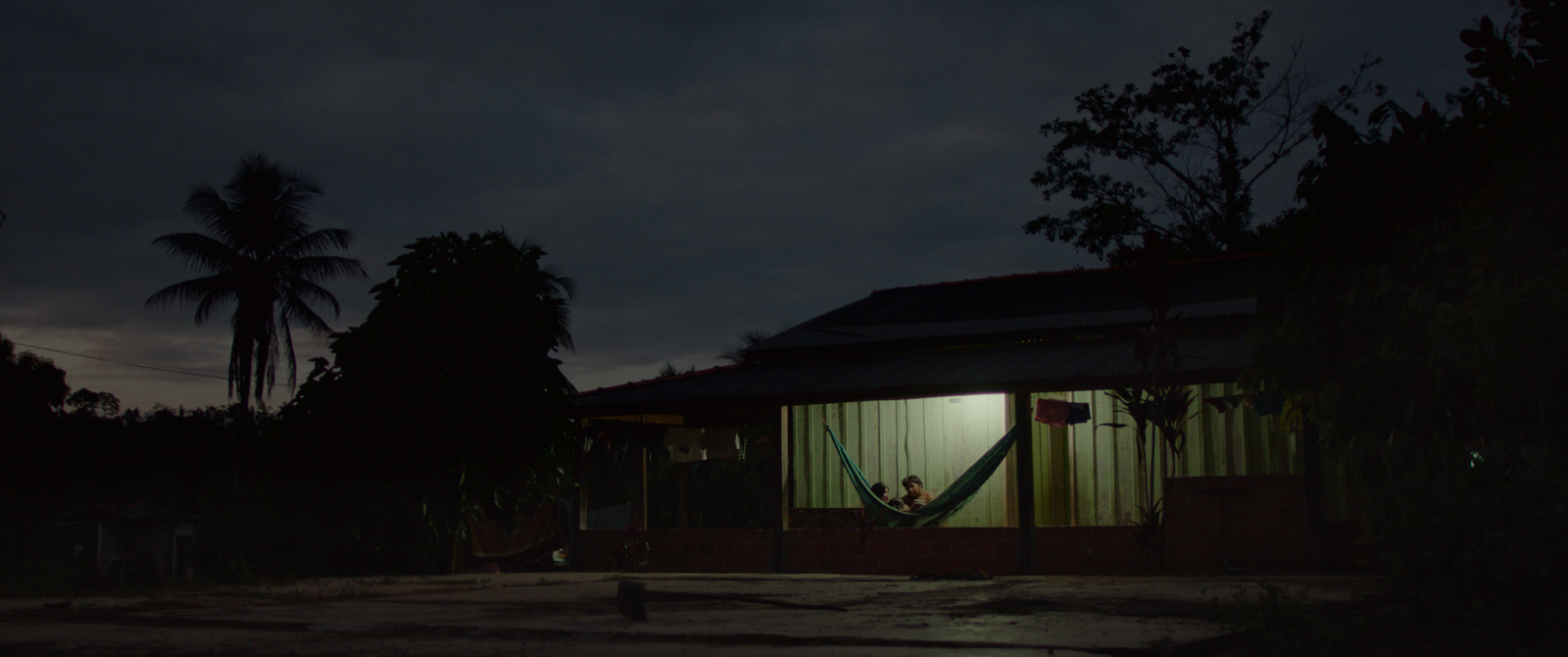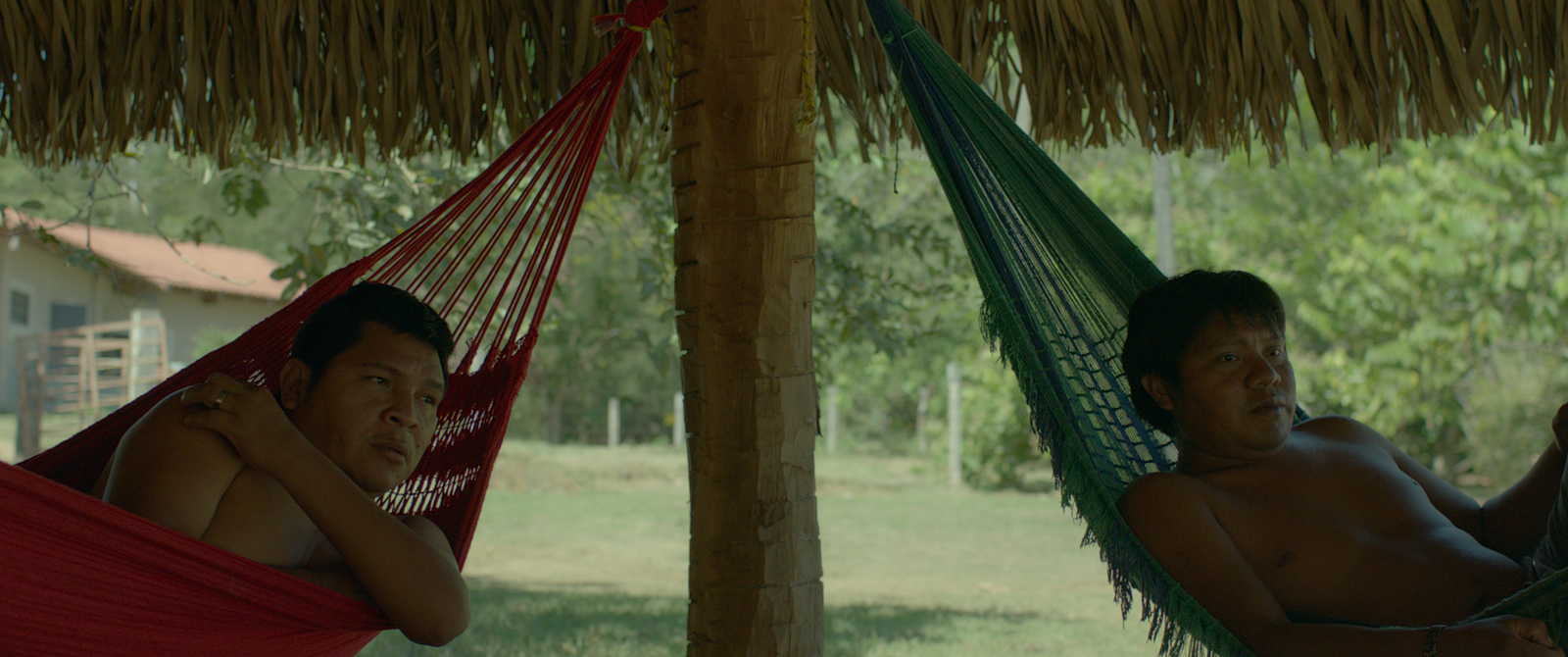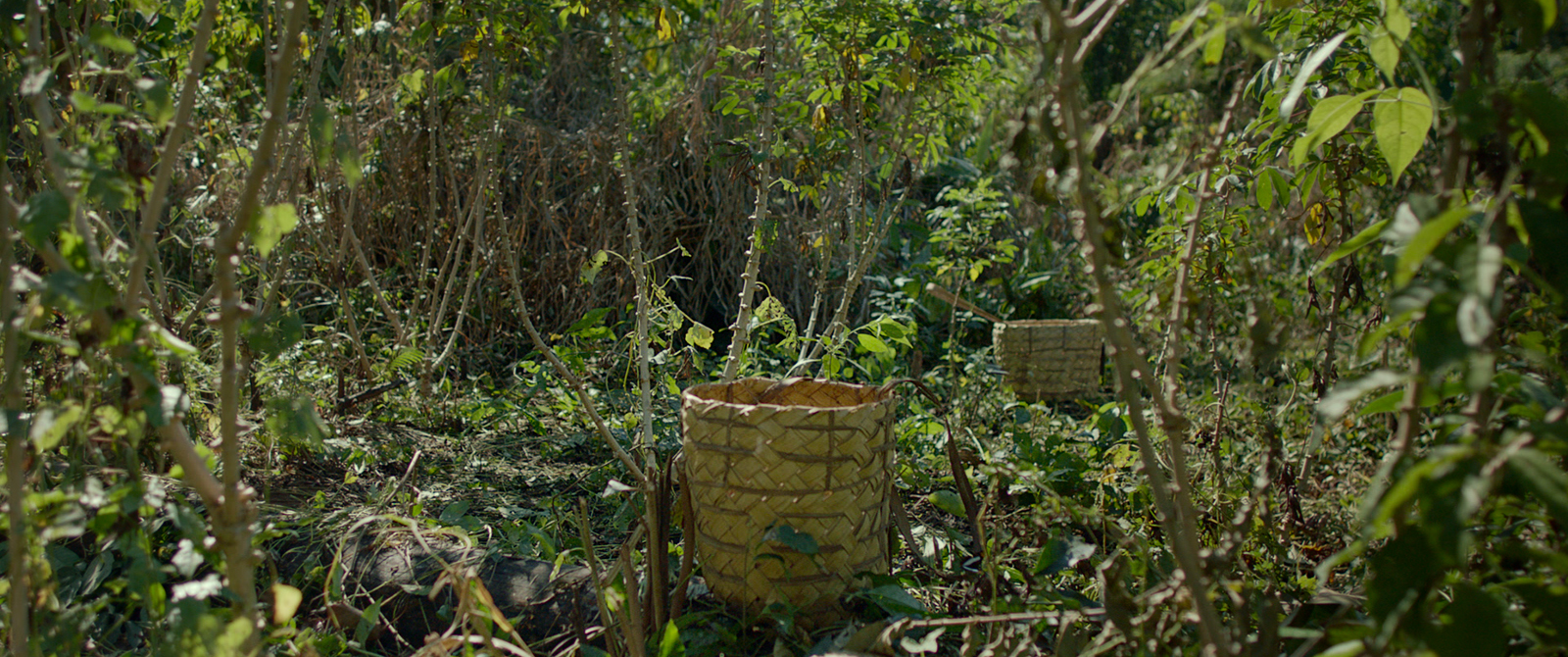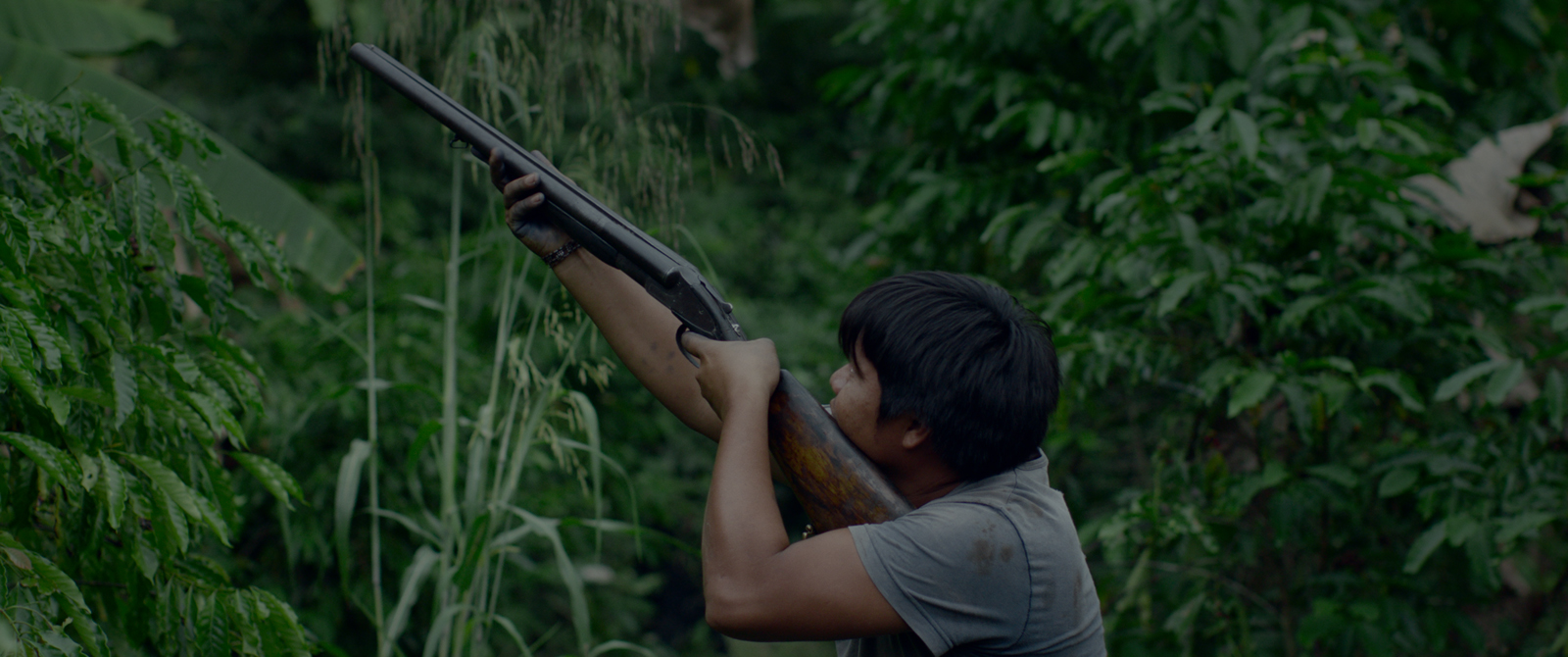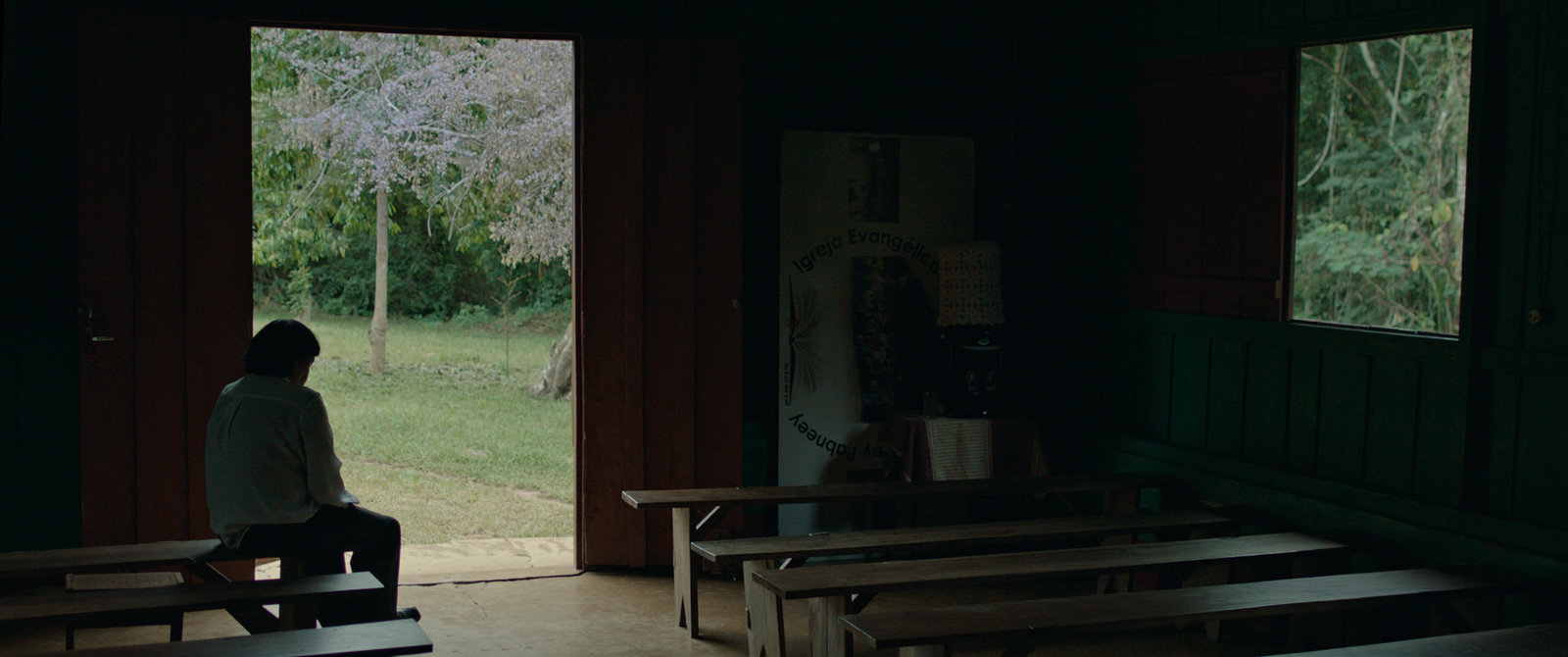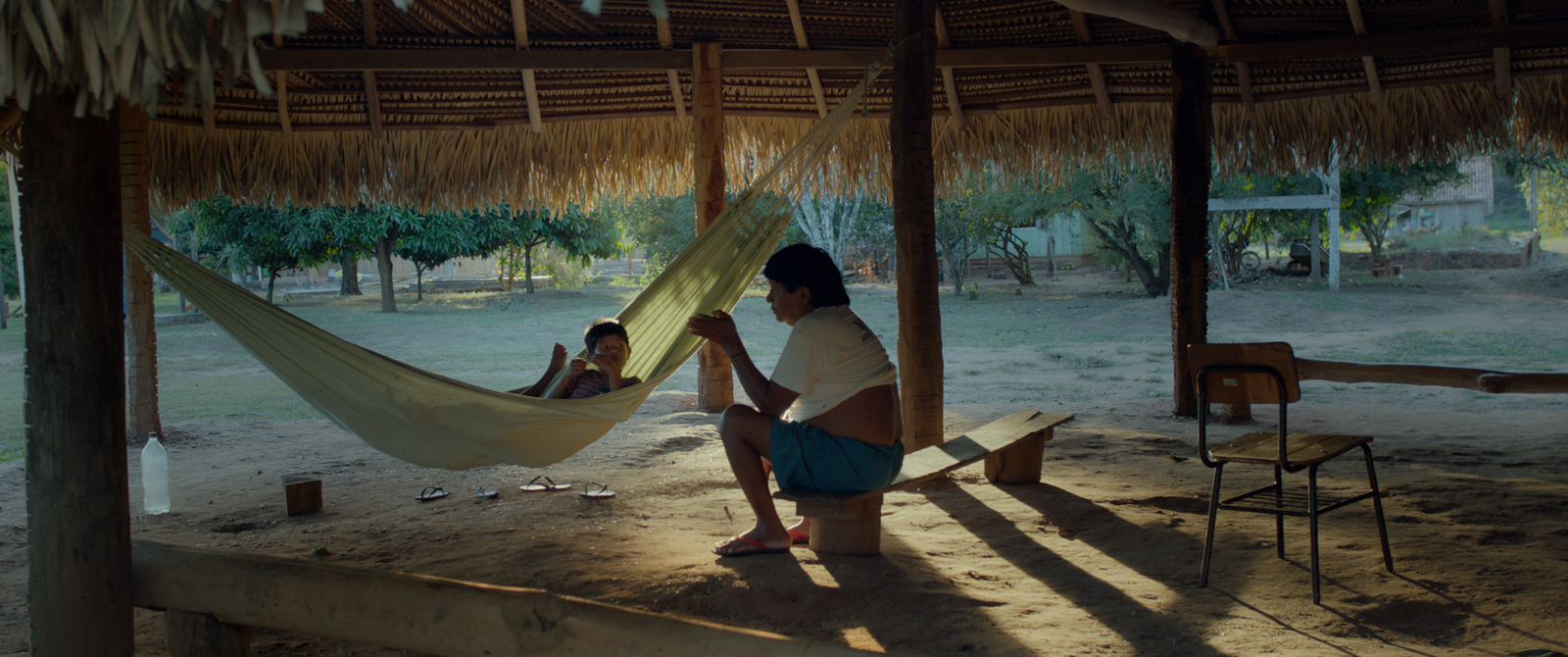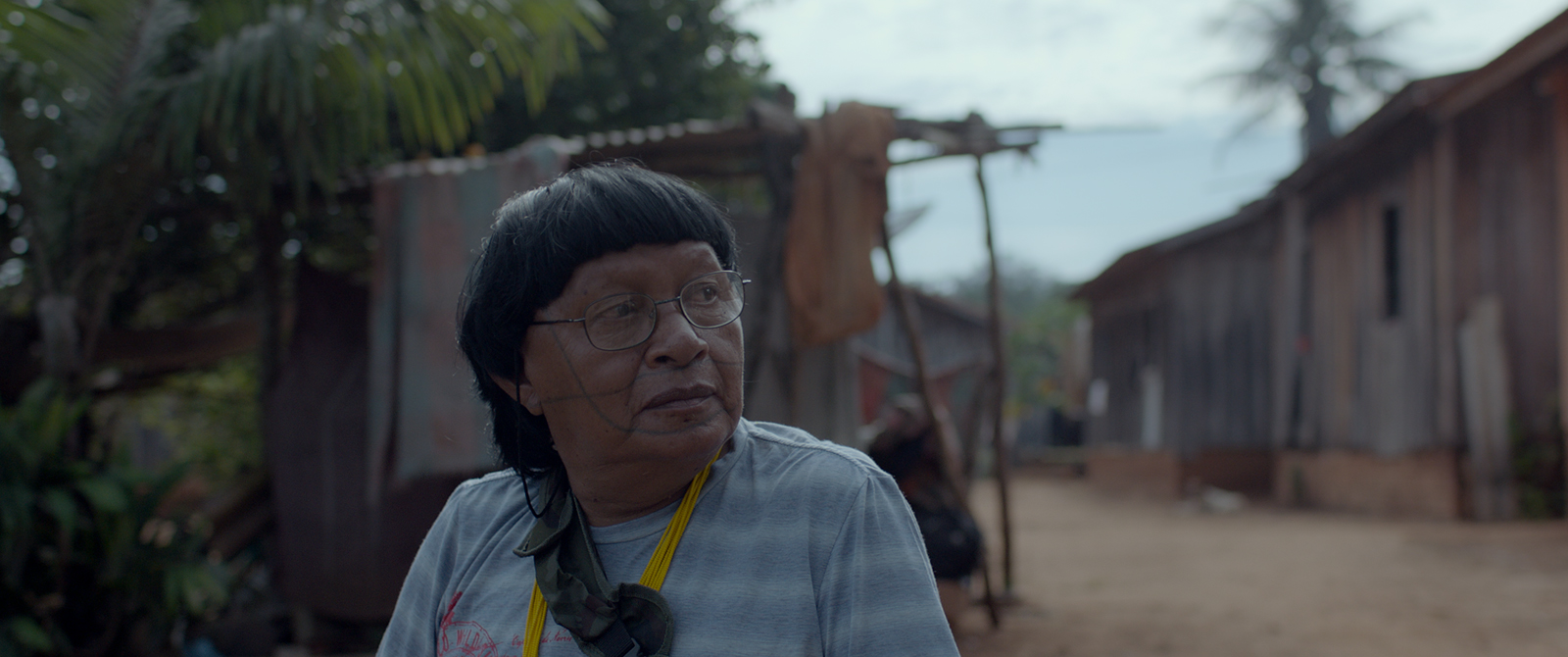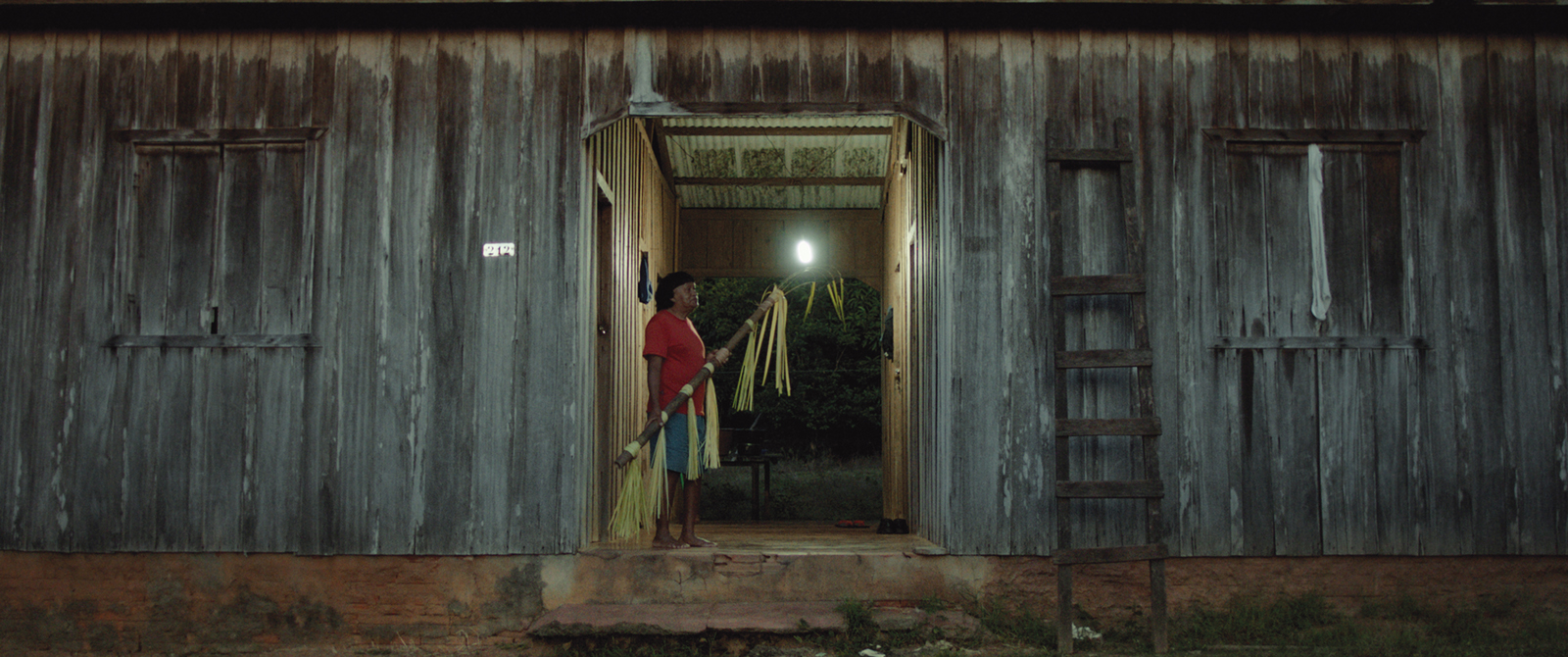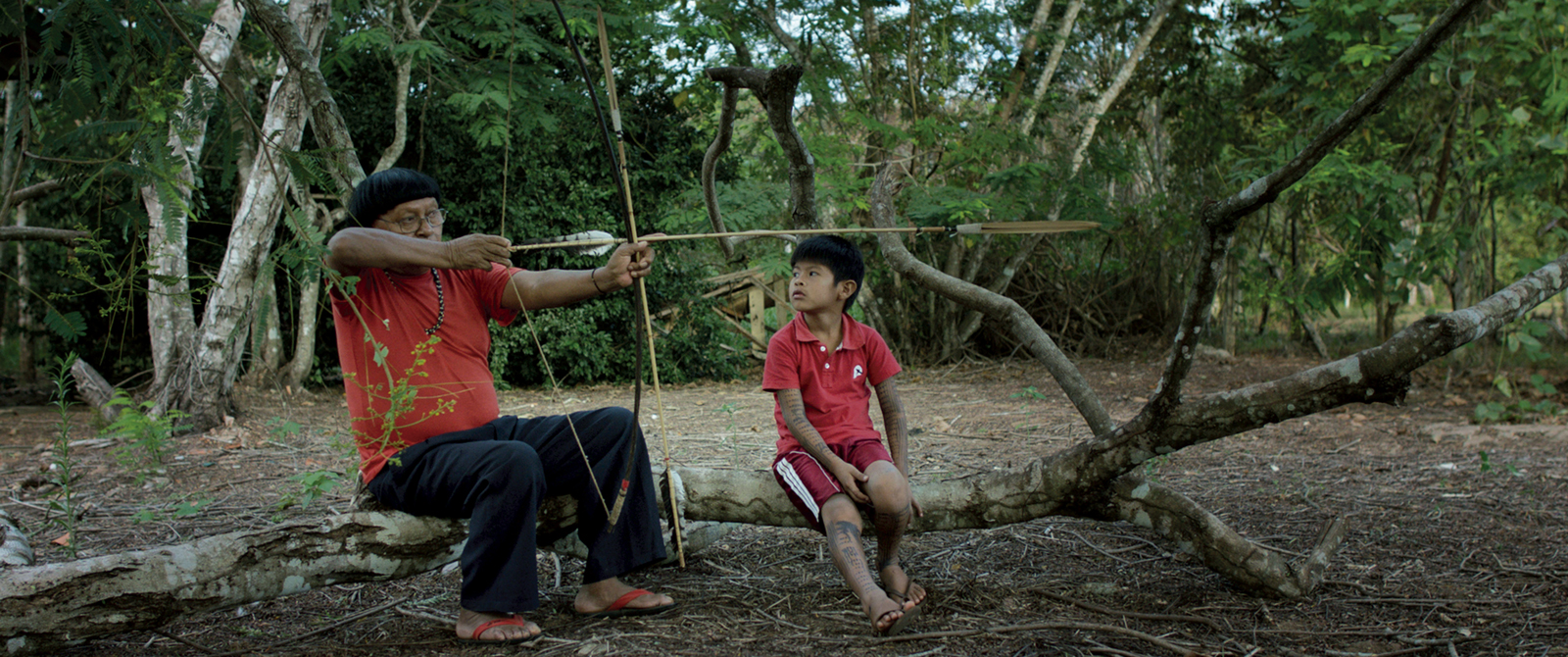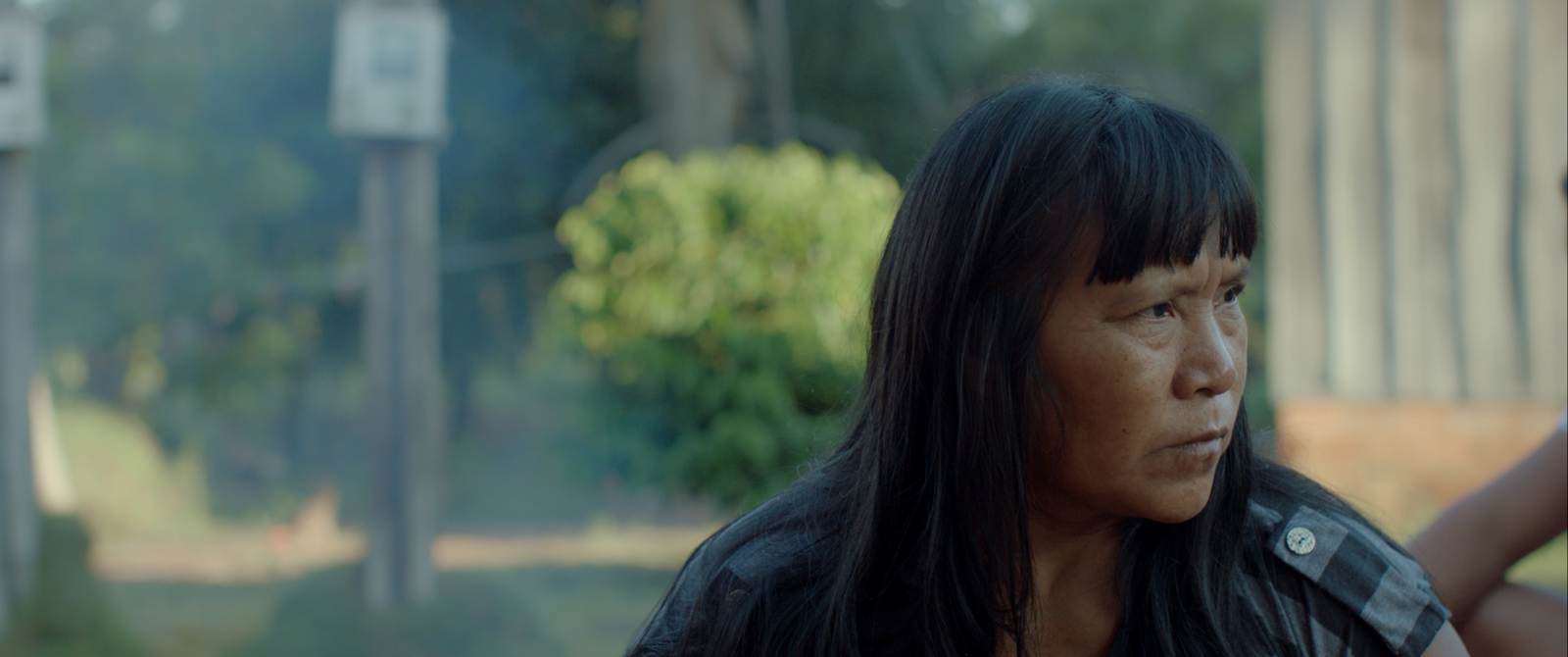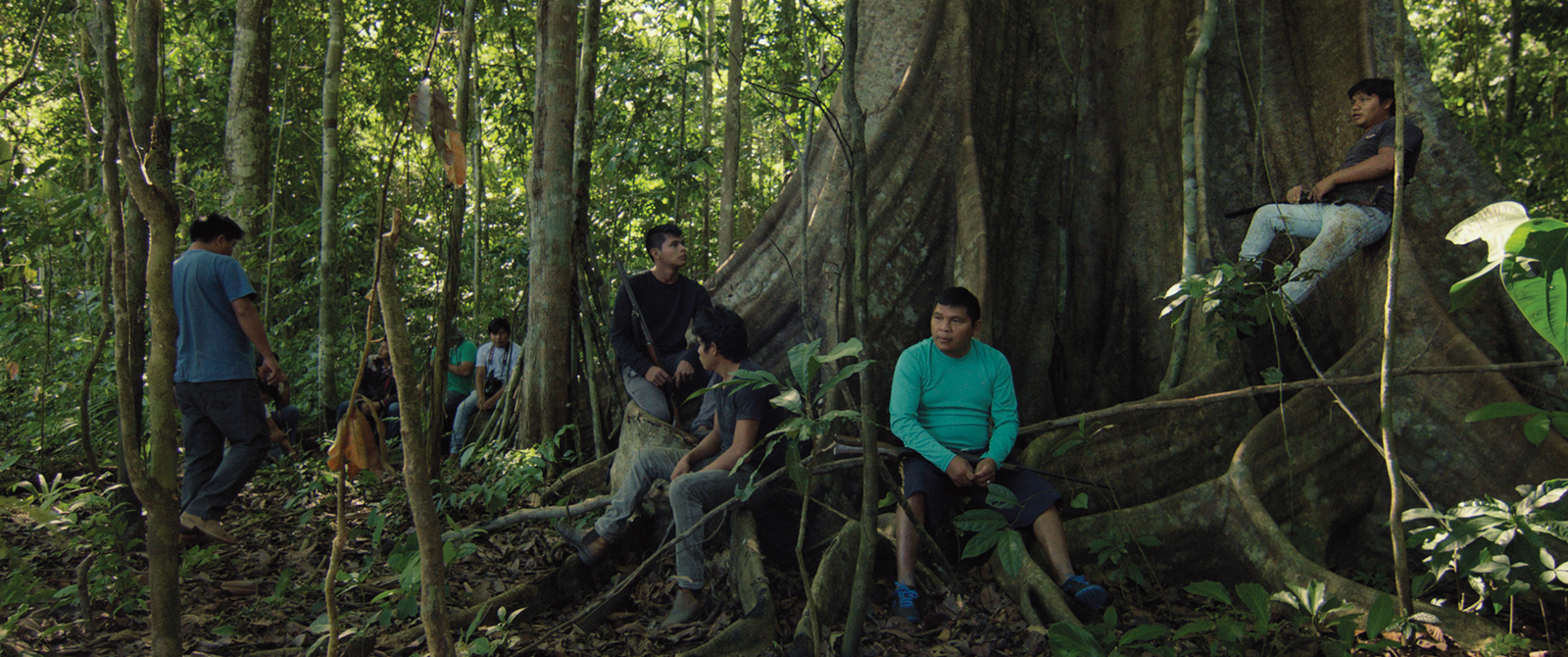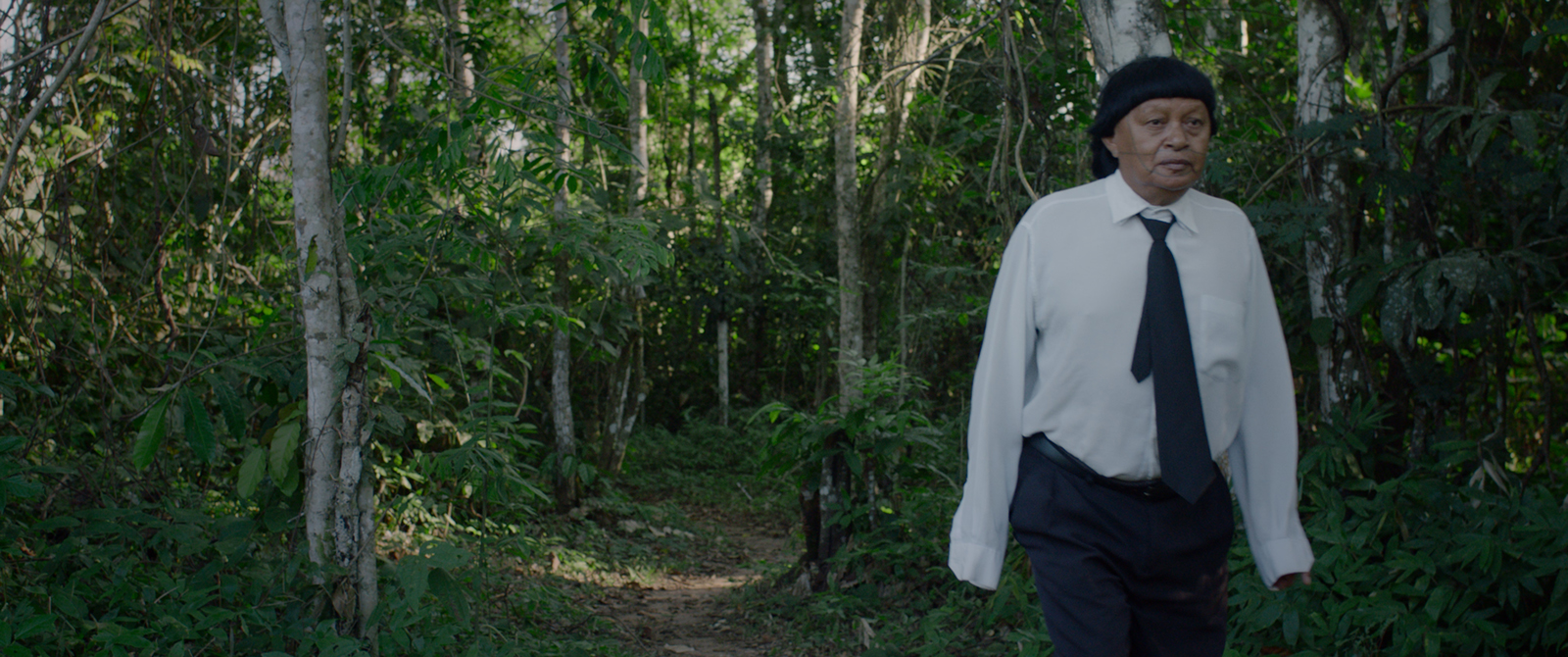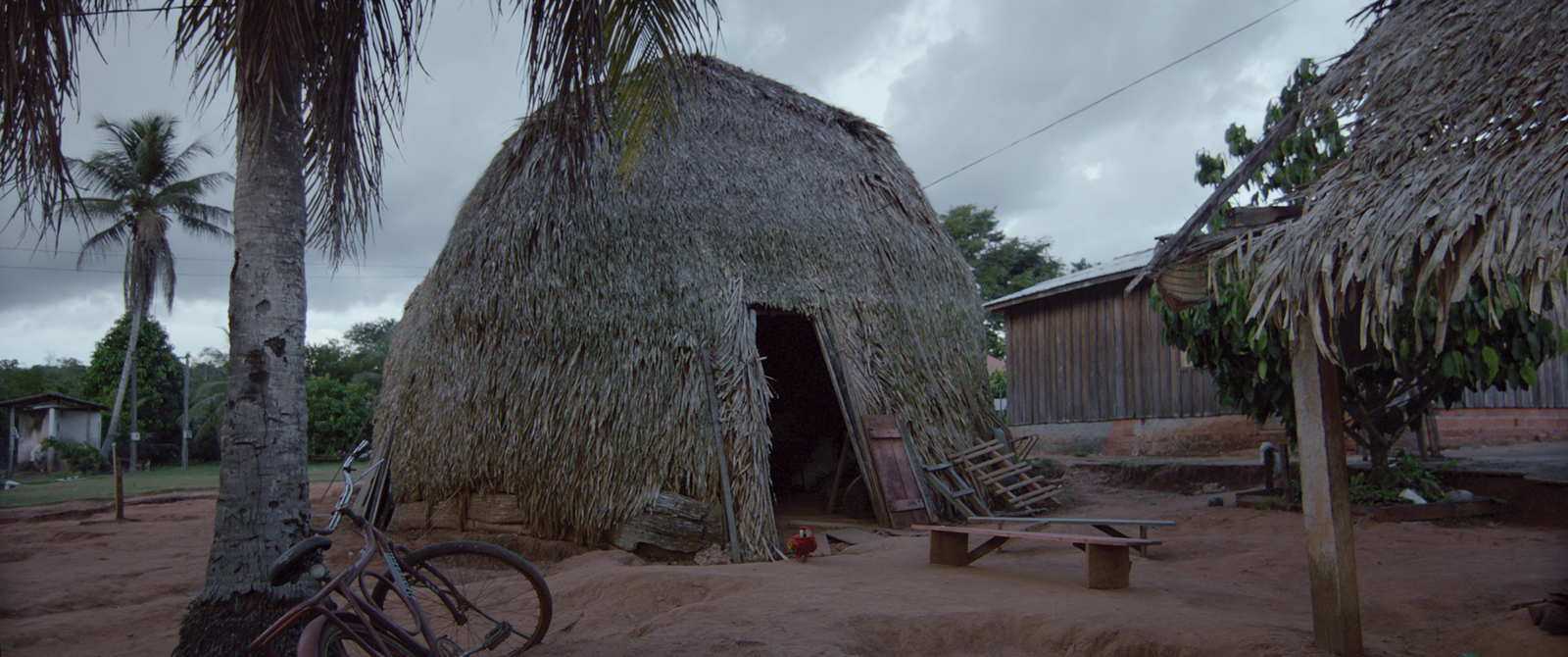Indigenous Agency in Luiz Bolognesi’s Ex-Shaman

The film Ex-Shaman (2018) by Luiz Bolognesi follows the life of an ex-shaman, Perpera Surui, as he confronts the implications of evangelization and modernity to the Amazonian indigenous group Paiter Surui. This film was shown at Florida State University in Tallahassee, Florida, as part of the Hispanic Heritage month. After two months of thought-provoking film showings including Birds of Passage (2019), When Two Worlds Collide (2016) and The Death of Pinochet (2011), the Cinehassee film festival ended with Bolognesi’s captivating representation of indigenous life in Brazil today. This film permitted an American audience to learn about another culture and the traditions that bind communities together. Most importantly, this film introduced viewers to Amazônia’s Paiter Surui in a transitional period where new beliefs threaten the old as witnessed through the hybrid film style (a mesh of fiction and documentary) chosen by the filmmaker. Through this engaging and powerful narrative, Bolognesi successfully accentuates the plethora of injustices faced by the Paiter Surui, while also emphasizing aspects of indigenous agency and culture. In doing so, Bolognesi heightens the audience’s understanding of core components of Paiter Surui’s culture. The film places indigenous people in centerstage and accurately relates the problems that they are facing in the midst of globalization– pushing forwards the notion of a sort of slow violence, an ethnocide against the traditions and cosmovisions of this community.
In Ex-Shaman, Bolognesi narrates the story of Amazônia’s Paiter Surui by exposing the effects of contact with the white man in 1969. Throughout the film, the audience witnesses the effects of modernization and an apparent break between the young and the old as younger members are seen completely enthralled by games on phones. Perpera Surui continually stresses the importance of old traditions such as the use of fire to deter snakes and jaguars and the use of the flute to help ward off sickness. Such instances of cultural agency appear when, for example, a little boy watches Perpera make a healing flute and watches him break down a mound of termites to then be replaced by a fire. This appearance of fire reinforces that despite the prevalence of electricity, it is fire that conveys strength. When Perpera Surui’s light fails to work, audience members are brought to question the real value of modernity. Furthermore, the ex-shaman re-counts the importance of the fireball as a symbol of danger by equating its appearance with the white man. Perpera Surui navigates religious dictions to acquire a certain social justice for himself and find a space in which he can continue to speak and act according to the traditional ways of the Paiter Surui. He demonstrates the relevance of traditional healing rituals by visiting Kabena Cinta Larga at the hospital and reciting chants to heal her body. By presenting a film in which the protagonist is a shaman, the audience learns about traditions, cultural symbols, and the nuances of complex relationships that mark the culture and way of life of the Paiter Surui.
The film presents various scenes of dichotomy and conflict to construct a well-rounded image of the actual, present, and urgent problems facing indigenous groups in Brazil when it comes to cultural conservancy. A striking scene that emphasizes the dichotomy between the white man and the indigenous appears when the ex-shaman stands in the doorway of a church wearing trousers and a buttoned-up shirt. He looks out at a woman who administers medical advice, a job he once had. Before contact, he functioned as an intercessory figure between the spirts and his people. Now, he has been relegated to a church figure. However, within these moments, Bolognesi emphasizes details of indigenous culture that reinforce that the lives of the Paiter Surui still reflect important values of their culture. The power of this film comes from its ability to present a complex situation in all of its complexity, without leaning on stereotypes or null simplifications. Cultural relationships and cross-cultural encounters are portrayed honestly. For example, Bolognesi incorporates a narrative about the conflict between loggers and the tribe. Many loggers are taking trees from the land without permission from the group. In an attempt to deter others from stealing, a picture is posted on Facebook that shows the Paiter Surui with their trees in order to emphasize their possession and ownership of their resource. This portrayal of the use of technology to defer the pilfering of a natural resource shows that technology can have a positive impact for indigenous groups when used to protect their land. Other technological objects are included in the film naturally and humanely, without exaggeration or overt simplicity. The ex-shaman is seen washing his clothes in an electric machine and electrical wires are shown hanging around the tribe’s village. Bolognesi has mastered the use of dichotomy to provide more appreciative and true images of another culture.
Perpera Surui, while relegated to a role that he dislikes, still serves as a powerful member of his community, both in his visual appearance and the beliefs he encourages through his presence. Bolognesi instills such connotations particularly through his close-ups of Perpera Surui’s facial tattooing — a symbol of status and heritage. In such scenes, Bolognesi’s artistic choice to film a close-up of facial tattoos stresses that this aspect of Indigenous culture deserves recognition, particularly as the goal is not to just present information through film, but rather to celebrate and bring agency to certain communities. Furthermore, Bolognesi’s inclusion of facial tattooing becomes even more influential when juxtaposed against the forced attire that he must wear in church. This juxtaposition accentuates the motive behind this film: to inform both local and international audiences that groups like Paiter Surui have been subjected to ethnocide and discrimination, but also have continued to fight to save their history and culture, even in the most challenging of circumstances. The end of the film stresses a similar idea as it is ultimately the guidance and knowledge of Perpera Surui that saves Kabena Cinta Larga, not the effects of modern medicine.
The repercussions of Ex-Shaman extend beyond the scope of the theater as the film encourages an indigenous representation that dispels stereotypes often associated with indigenous groups across the world. Instead of portraying the Paiter Surui as extinct and lacking technology, or conflating the community with other indigenous groups, Bolognesi stresses the their individual identity and the presence of contemporary objects. As viewers, we see them as very much alive, thus rejecting the notion that the white man destroyed all indigenous groups. In this way, Bolognesi personalizes the often-general accounts of the indigenous by centering the plot around the pivotal figure of the shaman, who represents clearly defined tenets of his culture, including aspects of worship and healing and a very personal connection to the landscape of Amazônia. As such, the film in its use of dichotomy, juxtaposition, and cultural symbols portrays the Paiter Surui in all of their complexities and exposes urgent problems facing this indigenous group. The film exposes the current impacts of evangelization and modernization that affect not only the Paiter Surui but other indigenous groups in the Amazon today. Its honesty, beauty, and accuracy makes Ex-Shaman a film like a punch to the gut-clear in it’s message yet marvelously delicate in its appreciation for the people and the environment.
Check out the screenshots gallery of Ex-Shaman bellow:

